Aramasa (新政) is a name that stands out in the world of Japanese sake. This article explores what sets Aramasa apart—from its rich past to its unique brewing methods. Let’s take a closer look at how this sake brand has won fans across Japan and beyond.
What Makes Aramasa Special?
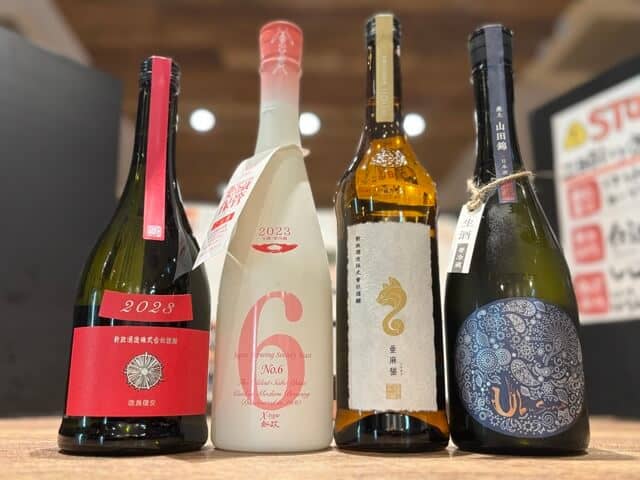
Aramasa is a well-known sake brand from Akita Prefecture in northern Japan. The brewery, Aramasa Shuzo, started making sake in 1852 and has focused on mixing old methods with new ideas. They only use rice grown in Akita and follow traditional techniques to bring out the natural flavors of their sake.
One thing that makes Aramasa unique is their use of Association No. 6 yeast. This yeast, discovered at their own brewery, helps create fresh and fruity flavors. They also use the kimoto method—a traditional and natural way of making the yeast starter. This process adds more depth and umami to the sake and makes it smooth but complex. Aramasa sake often tastes clean, slightly acidic, and full of character, which appeals to both beginners and longtime sake fans.
Why is Aramasa sake often difficult to find?

Aramasa’s limited production, especially of its special and seasonal editions, combined with its high acclaim and unique characteristics, contributes to its significant demand and makes it a sought-after brand.
Recommended way to store and enjoy Aramasa sake
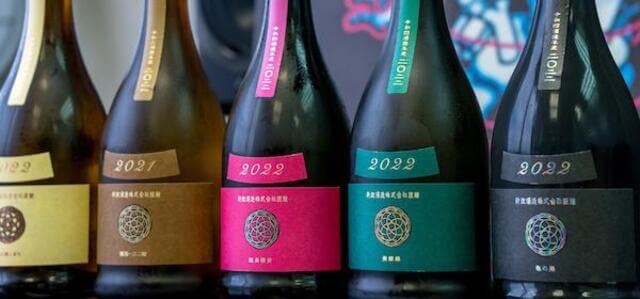
It’s generally best to store Aramasa sake, particularly nama-zake(unpasteurized) and muroka (unfiltered) types, in refrigeration and consume it relatively soon after opening to preserve its freshness.
A Deep History with a Modern Twist
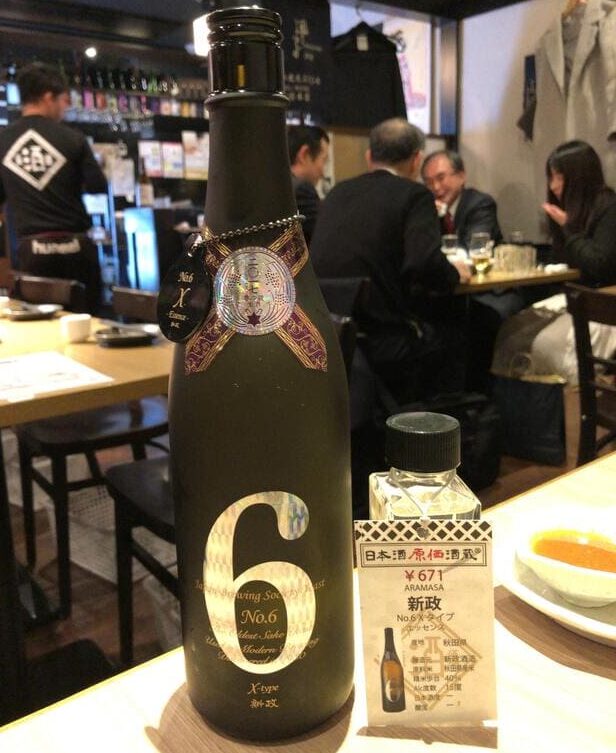
The story of Aramasa began in 1852 when Uhee Sato (later known as Sato Aramasa) founded the brewery. Back then, people called the sake “Uhee’s Sake.” The name “Aramasa” came later and was inspired by a government idea to “start fresh with good values,” which still shapes their work today.
In 1930, the brewery made a major breakthrough. They discovered Kyokai No. 6 yeast, often called “Aramasa yeast.” This yeast works well in cold climates and led to better fermentation, especially in northern Japan. Over time, it became one of the most important sake yeasts and still plays a big role in the industry today.
When Sato Yusuke took over the brewery in 2009, he made big changes. He decided to use only Akita-grown rice and only No. 6 yeast. He also shifted the brewery to focus on junmai sake (made with just rice and water) and committed fully to the kimoto method by 2015. Now, all Aramasa sake is “Kimoto Junmai,” which shows their deep respect for natural and traditional brewing without shortcuts or added ingredients.
Detailed Explanation of Aramasa Sake Series and Their Varieties
Below is a thorough, expert-level guide that explains the subtypes of Aramasa’s main sake series (No.6, Colors, Private Lab), including concepts, brewing distinctions, and taste profiles. Comparisons and specific flavor notes are provided for each.
No.6 Series: The Flagship Unpasteurized Sake (Nama)
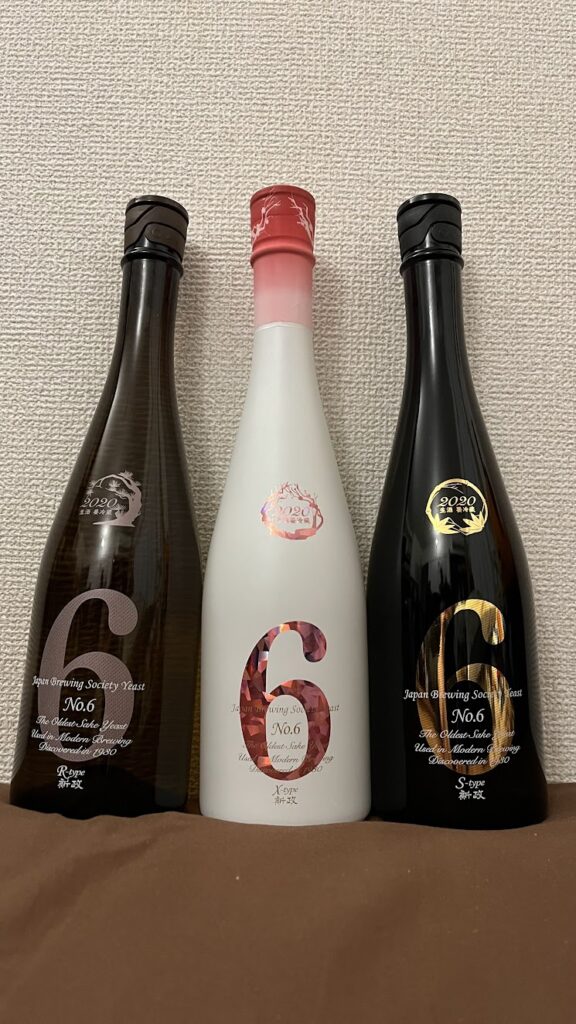
The No.6 series embodies the heart of Aramasa, leveraging the pure power of Kyokai Yeast No.6. All are brewed using the kimoto method and present a fresh, slightly sparkling character. Three primary types are available:
| Type | Rice Polishing Ratio | Alcohol (% ABV) | Character & Taste Profile |
|---|---|---|---|
| R-Type | Koji 50%, Kake 60% | 13% | Entry-level: Light, juicy, lively micro-carbonation. Bright aromas of lemon and green apple, soft acidity, a touch of umami, and exceptional drinkability. The slight fizz and refreshing acidity make it accessible for beginners and wine lovers alike. |
| S-Type | Koji 50%, Kake 55% | ~14% | Premium: Balanced, elegant, more complex than R-Type. Juicy muscat and citrus notes, with increased depth of acidity. Fine bubbles and a clean finish with greater sophistication. Pairs beautifully with light appetizers. |
| X-Type | Koji 40%, Kake 50% | 14%-14.5% | Ultra-premium: Deep, rich, and most refined. Silky texture, layered sweetness and umami with exquisite acidity. Aromas of green apple, muscat, and even hints of pineapple or strawberry. Minimal bitterness, pristinely clean, and a gentle lingering finish thanks to higher rice polishing and sometimes wooden barrel fermentation. Intended for “savoring” at special moments. |
Comparison:
R-Type is characterized by its approachability and vibrancy, while S-Type exemplifies elegant balance and complexity. X-Type, the pinnacle of the series, showcases a masterful harmony of fruit and acidity, culminating in a silky smoothness.
The fizz and acidity of the wine decrease progressively, while the complexity and polish of the wine increase.
Colors Series: Terroir-Driven Pasteurized Sake
Each Colors sake is made with a different Akita rice type, yielding unique aromatics and mouthfeel. Pasteurized for stability, but still fresh and vibrant.
| Name (Color) | Rice Variety | Taste Profile |
|---|---|---|
| Ecru (生成) | Sake Komachi | Light, gently effervescent, sweet and sour aromatics with refreshing hydration. Clean and pure. |
| Lapis (瑠璃) | Miyamanishiki | Muscat-like fruitiness, elegant sweetness, refined structure and crisp finish. |
| Viridian (天鵞絨) | Misato Nishiki | Thickest and fullest, mild melon, sweet and sour aroma, moderate natural fizz, and long, lingering finish. White peach and floral notes, some cedar barrel aroma. |
| Cosmos (秋櫻) | Kairyo Shinko | Restrained aroma, subtle cherry-like sweetness and acidity, delicate and well-balanced. |
| Ash/Earth (水墨/産土) | Kamenoo and Akita rice | Soft, supple, with earthy notes, ripe apples, natural lactic acid bite, sometimes pear hints. More depth with age. |
| Tangerine (タンジェリン) | Akita rice | Green grape, crisp, juicy sweetness and acidity, refreshing and lively. |
Comparison:
The color palette ranges from light and refreshing (Ecru) to full-bodied (Viridian) and earthy (Ash/Earth). Lapis and Cosmos provide delicate fruit and floral notes, while Tangerine is characterized by its bright and zesty aroma.
Private Lab Series: Experimental and Artistic Brews
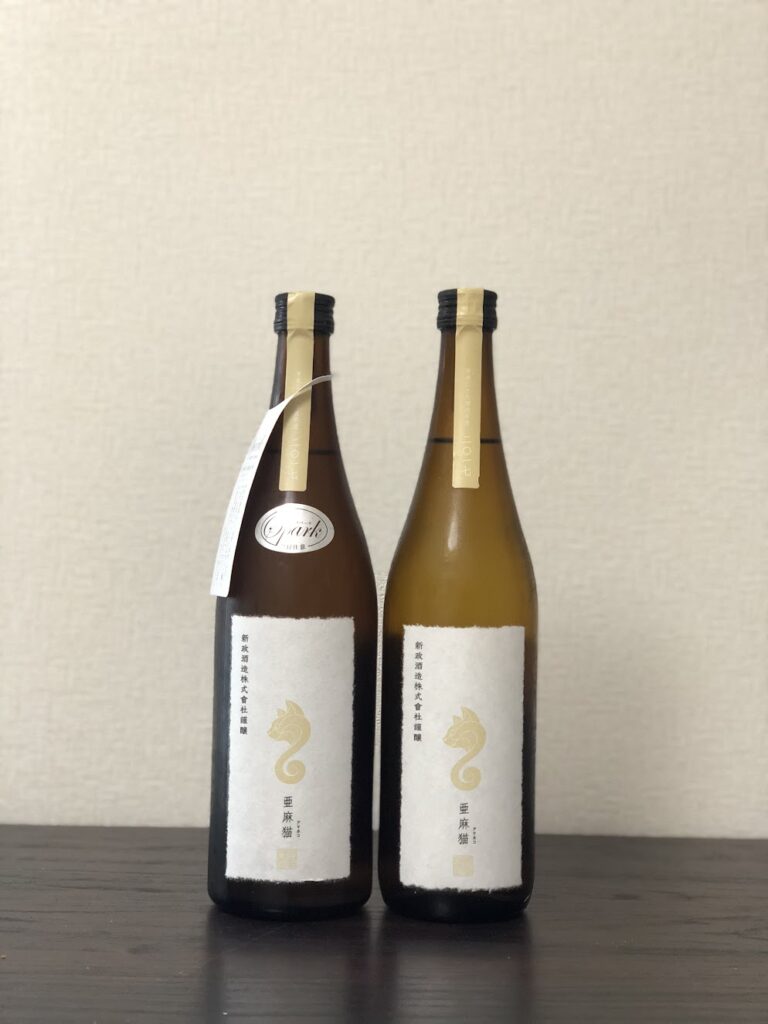
Aramasa’s Private Lab is dedicated to pushing the boundaries of sake with non-traditional methods and broad flavor experimentation.
| Name | Type/Concept | Taste Profile |
|---|---|---|
| Hinotori (陽乃鳥) | Kijoshu (Noble Sake) | Deeply sweet and umami-laden, balanced with lively acidity. Notably rich with flavors akin to banana, apricot, lemon peel, and rice. Especially reminiscent of sweet white wines, but with more acidity and complexity. |
| Amaneko (亜麻猫) | White Koji Junmai | Exceptionally juicy and tangy, with pronounced citrusy acidity (thanks to white koji, uncommon in sake). Fruit-driven, almost wine-like, refreshing with lively sourness. |
| Amagaeru (天蛙) | Low-alcohol Sparkling | Under 10% ABV, delicately effervescent and slightly cloudy (nigori). Sweet and tart, reminiscent of yogurt soda, very light and refreshing. The most approachable for beginners due to its gentle character. |
Comparison:
Hinotori is characterized by its sweetness and complexity, while Amaneko is noted for its tartness and freshness, which makes it well-suited to complement fatty or meat dishes. Amagaeru is characterized by its light, fizzy texture, accompanied by a subtle sweetness and sourness.
Summary Table of Varieties & Tasting Notes
| Series | Type | Concept/Method | Taste Profile |
|---|---|---|---|
| No.6 | R-Type | Entry-level, Kimoto | Lemon/apple, light fizz, soft acid, gentle sweetness |
| No.6 | S-Type | Balanced, Kimoto | Muscat/citrus, deeper acidity, elegant bubbles |
| No.6 | X-Type | Flagship, Kimoto, Daiginjo | Rich fruit, silky, most refined, layered umami/fruit |
| Colors | Ecru | Sake Komachi, pure rice | Light, fresh, sweet/sour aroma, hydration |
| Colors | Lapis | Miyamanishiki | Muscat fruit, crisp, floral, elegant |
| Colors | Viridian | Misato Nishiki | Melon/peach, thick, lingering, woody, earthy |
| Colors | Cosmos | Kairyo Shinko | Cherry blossom, subtle, gentle |
| Colors | Ash/Earth | Kamenoo | Earthy, ripe apple, soft acid, depth |
| Colors | Tangerine | Akita rice | Green grape, refreshing, lively acidity |
| Private Lab | Hinotori | Kijoshu, Sake-washing | Intensely sweet, banana/apricot, rice, complex acid |
| Private Lab | Amaneko | White Koji Junmai | Sharp citrus, juicy, tangy, fruit-driven |
| Private Lab | Amagaeru | Sparkling, Low-alcohol | Fizzy, yogurt soda, sweet-tart, approachable |
Serving Suggestions
- No.6: Chill well (8-12°C), serve in wine glass. Matches fresh seafood or light appetizers.
- Colors: Versatile with Japanese cuisine; Cosmos and Ecru suit vegetables and lighter fare.
- Private Lab: Hinotori pairs with rich foods and desserts; Amaneko with meat and fried dishes; Amagaeru as an aperitif or thirst-quencher before meals.
Aramasa’s varied portfolio enables both casual enjoyment and deep, connoisseur experiences, showcasing the possibilities and artistry in sake brewing.
Final Thoughts
Aramasa combines the old and the new in a way that few sake makers do. With roots that go back over 170 years and a clear vision for the future, they continue to create sake that surprises and delights. If you enjoy bold, well-crafted drinks, Aramasa is definitely worth trying. You can consider trying out other Japanese alcoholic drinks.
FAQ
- What is Aramasa sake?
Aramasa is a famous premium sake from Akita, known for its elegant, wine-like flavors and innovative brewing style.
- Why is Aramasa so popular among sake fans?
It’s praised for its fruity aroma, refreshing acidity, and complex taste that appeals even to wine lovers.
- What makes Aramasa unique?
The brewery uses traditional kimoto and yamahai methods, Akita-grown rice, and pure local water, creating a natural and artisanal character.
- Is it difficult to buy Aramasa?
Yes, it’s highly sought-after and often sells out quickly in Japan. Some bottles are available at specialty sake shops, high-end restaurants, or directly in Akita.
- How should I drink it?
Best enjoyed chilled in a wine glass to appreciate its aroma and balance, similar to fine white wine.
- Does Aramasa pair well with food?
Absolutely! Its crisp acidity and fruitiness pair beautifully with seafood, sushi, and light dishes.
- Can I visit the Aramasa brewery?
The brewery itself is not always open for tours, but in Akita you may find local events, restaurants, and sake bars where Aramasa is featured.
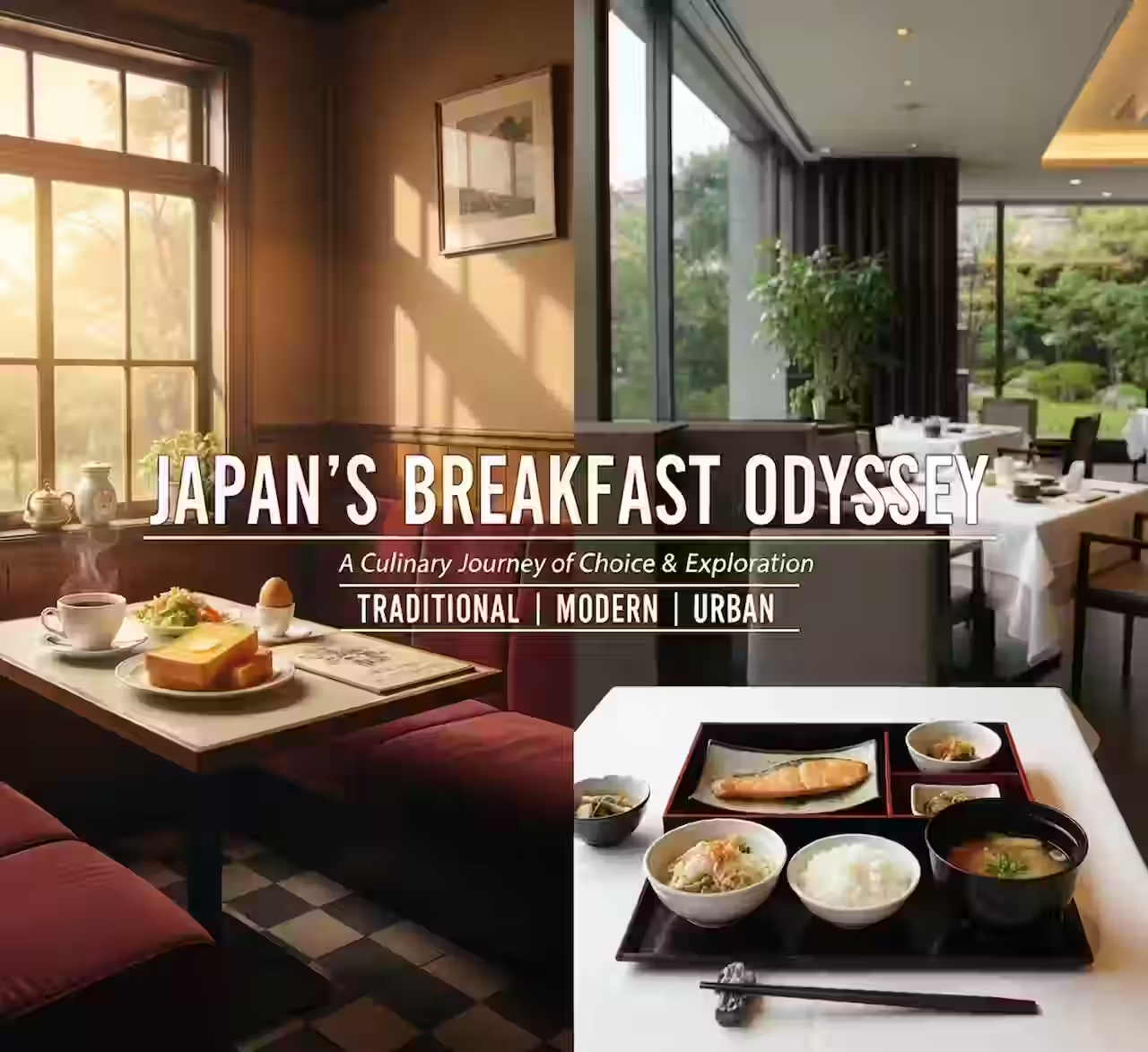
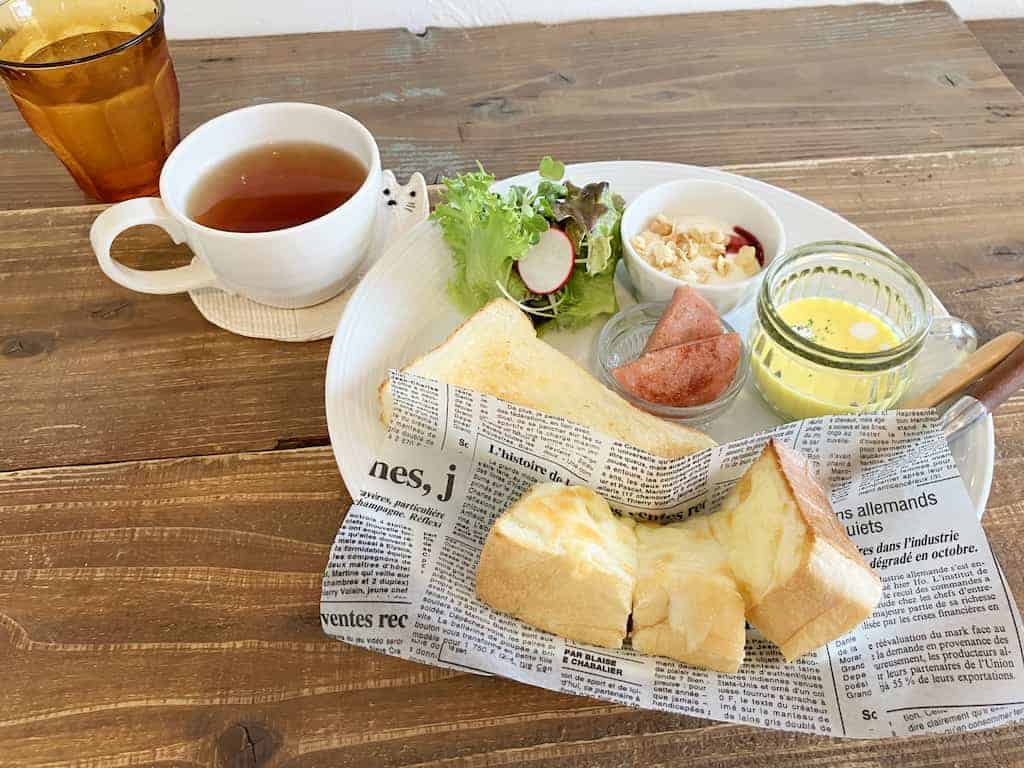
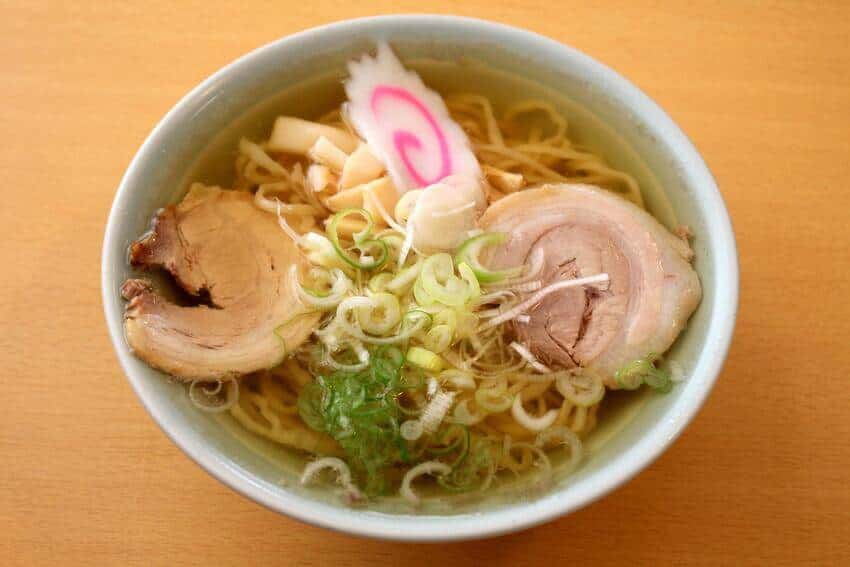



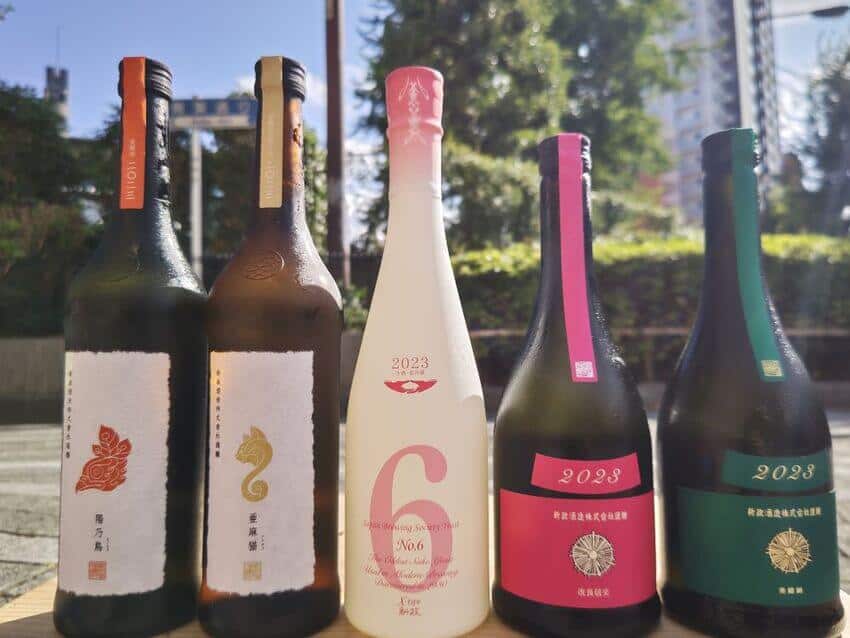
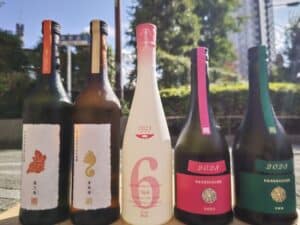
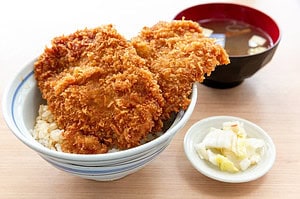
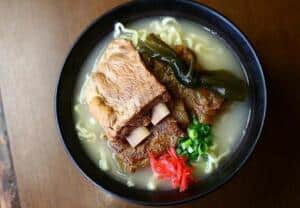
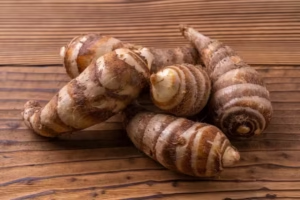

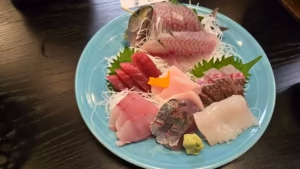
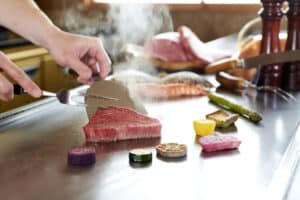
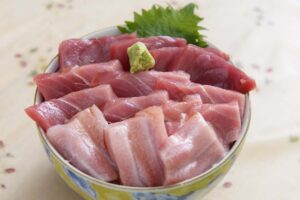
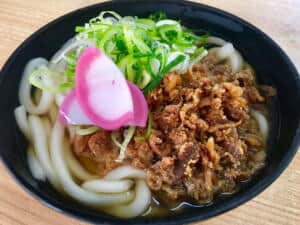
Comments